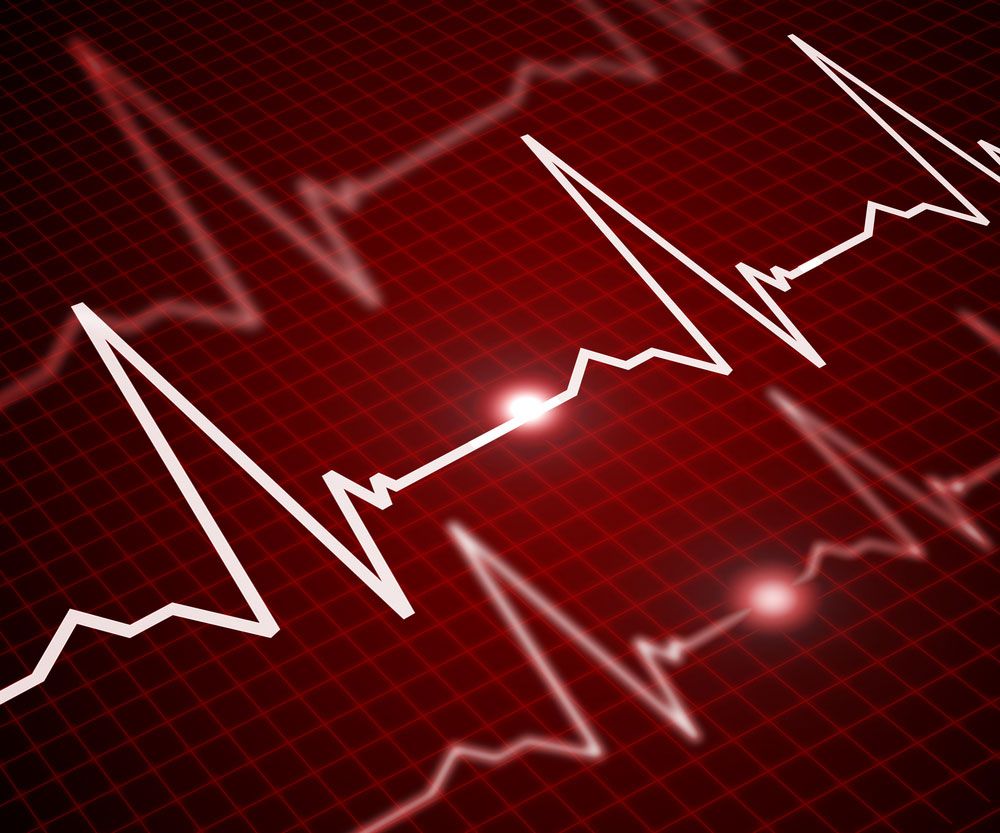
What the heck is ... Peripheral Artery Disease?

Dr. Michael Go is a vascular surgeon at The Ohio State University Wexner Medical Center. He contributed this article to LiveScience's Expert Voices: Op-Ed & Insights.
Peripheral artery disease (PAD), also called peripheral vascular disease, is a narrowing of the peripheral arteries (arteries outside the heart). It is a common disorder of the circulatory system and affects approximately 10 million people in the United States. Peripheral artery disease is usually caused by atherosclerosis, a buildup of fatty deposits in artery walls that leads to restricted blood flow (also called "hardening of the arteries").

Atherosclerosis affects the heart and can affect arteries throughout the body. People with peripheral artery disease may not experience symptoms during the beginning stages.
The most common early symptom is intermittent discomfort in the legs during activity, including claudication (pain when walking), tightness, heaviness, cramping and/or weakness. With more advanced stages of peripheral artery disease, symptoms may include: critical limb ischemia (pain in your feet or toes even when you are at rest) and/or painful sores on your feet or toes (left untreated, these sores can become dead tissue, also known as gangrene). PAD often goes undiagnosed.
It is important to inform a physician if you have symptoms of PAD because the condition can lead to increased risk for heart attack and stroke — however, treatment is readily available.
Read more in "Far from the Heart, Watch for Peripheral Artery Disease (Op-Ed)."
The views expressed are those of the author and do not necessarily reflect the views of the publisher. This article was originally published on Live Science.
Sign up for the Live Science daily newsletter now
Get the world’s most fascinating discoveries delivered straight to your inbox.












